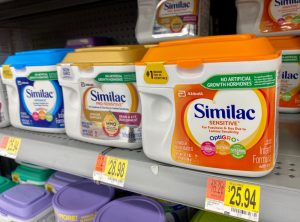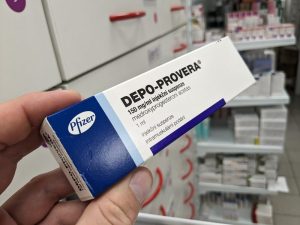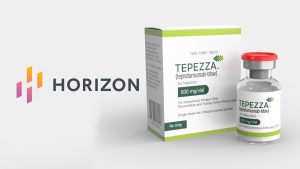Preliminary results from a fascinating new study could spell the eventual end for cerebral palsy. Cerebral palsy is a neurological disorder that prevents the brain from being able to adequately communicate with the body, causing physical difficulties with tasks like walking.
In the first part of the study, investigators from Duke University Medical Center used an intravenous infusion of a child’s own cord blood to see if it had an effect on their cerebral palsy. Initial data from the first part of the study showed that some patients had improved speech, mobility and movement.
A team of scientists from Duke University Medical Center is now on phase II and is seeking participants for its Cerebral Palsy Autologous Cord Blood Study. This part of the study is a randomized, placebo-controlled crossover study, which means that some participants will receive full treatments, and others will receive a placebo. This is the gold standard for medical research. The team expects to complete the study by July 2013. There is another study taking place at the Medical College of Georgia.
The implications of these studies are heart-warming, to say the least. Something like this could be the miracle cure that thousands of parents have been hoping for. Even though the study is slated to be complete next year, there are other concerns. For example, the study only involves the use of a child’s own cord blood–it won’t be immediately apparent whether donated cord blood could yield the same benefits. Banking cord blood can be an expensive process–one company charges $2,195 for the first year.
Our law firm has been concerned with cerebral palsy for years, particularly as it is sometimes caused by medical malpractice. We handle birth injury cases where children develop cerebral palsy because of delays and complications during labor. When the baby’s oxygen and blood supply is cut off, whether because of complications of shoulder dystocia, fetal distress or umbilical cord prolapse, cerebral palsy and other developmental delays can be the unfortunate result.
These are awful cases that are, frankly, very lucrative for malpractice lawyers. But nothing would make us happier than to give up those lawsuits and see children with cerebral palsy cured. Any progress towards this goal would be just unbelievable.
Cerebral Palsy Basic Facts
There are about 8,000 new cases each year in the United States. The United Cerebral Palsy Foundation estimates that over 750,000 people in the U.S. have one or more of the symptoms of cerebral palsy. All CP injuries come from a static lesion of the brain but the outcomes vary wildly. The symptoms vary from insignificant to all-consuming. Although the injury usually occurs during or near childbirth, most kids are not diagnosed for at least a year, although parents usually have suspicions and concerns long before a concrete diagnosis.
Every CP case is different. Neurologic classifications of cerebral palsy include spastic (pyramidal) cerebral palsy, dyskinetic (extrapyramidal) cerebral palsy, ataxic (rare) cerebral palsy, and mixed types.
Our lawyers mostly see spastic cerebral palsy cases. Spastic types CP has five subtypes
- Monoplegia – one limb involvement
- Diplegia – primarily lower limb involvement
- Triplegia – involves three limbs
- Tetraplegia – four extremities and truncal involvement
- Hemiplegia – one side of the body involved including arm and leg
Continue reading
















